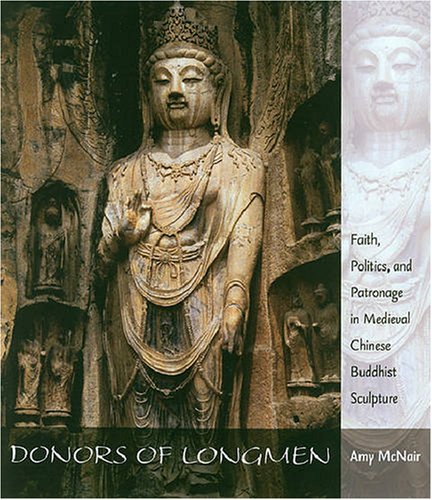

Most ebook files are in PDF format, so you can easily read them using various software such as Foxit Reader or directly on the Google Chrome browser.
Some ebook files are released by publishers in other formats such as .awz, .mobi, .epub, .fb2, etc. You may need to install specific software to read these formats on mobile/PC, such as Calibre.
Please read the tutorial at this link: https://ebookbell.com/faq
We offer FREE conversion to the popular formats you request; however, this may take some time. Therefore, right after payment, please email us, and we will try to provide the service as quickly as possible.
For some exceptional file formats or broken links (if any), please refrain from opening any disputes. Instead, email us first, and we will try to assist within a maximum of 6 hours.
EbookBell Team

5.0
58 reviewsBased on wide reading of both Asian and Western-language scholarship and careful analysis of the architecture, epigraphy, and iconography of the site, Amy McNair provides a rich and detailed examination of the dynamics of faith, politics, and money at Longmen, beginning with the inception of the site at Guyang Grotto in 493 and concluding with the last major dated project, the forty-eight Amitabhas added to the Great Vairocana Image Shrine in 730. Believers sponsored statues and cave shrines as public acts of giving (dâna) and merit (karma) to generate social credit in the political realm and karmic merit in the spiritual. Although donors' choices of icons reveal the changes in Buddhist religious concerns over the 250-year life of the site, the discussions of expenditure in the dedicatory inscriptions reveal not only how much was spent, but also the rhetoric appropriate to the donor's station in life, gender, and the intended audience. McNair argues that donors made conscious decisions regarding the style of their sculptures--a lively interplay between native Chinese imagery and icons and styles of art from the Buddhist holy land of India--so as to imbue the images with meanings that were immediately comprehensible to their contemporaries.
Through the her sensitive and well-informed exploration of Longmen's huge repository of remarkable early sculpture, McNair gives voice to a wide array of medieval believers, many of them traditionally excluded from history. Hers will be the definitive work on Longmen for years to come.